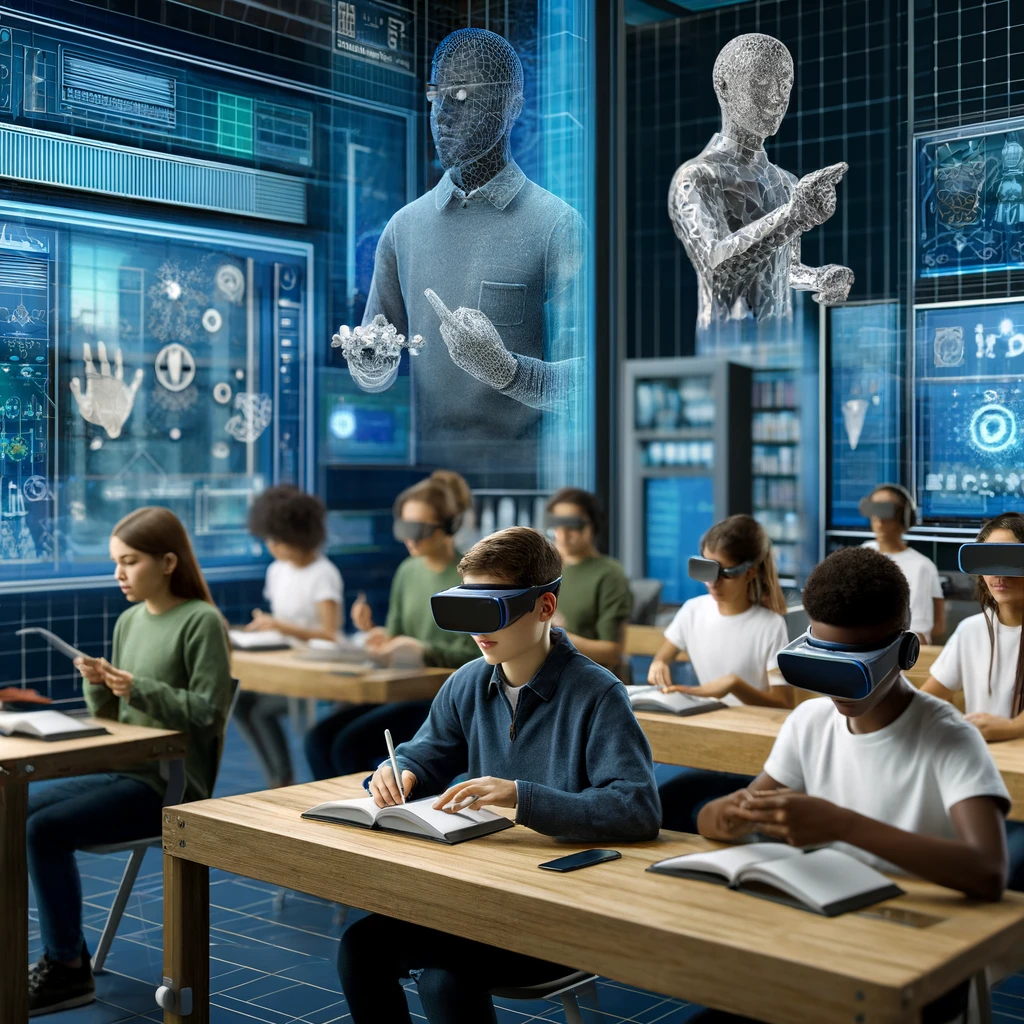The landscape of technology for the deaf and hard of hearing has seen remarkable transformations, moving from basic text telephones (TTY) to sophisticated digital solutions that incorporate artificial intelligence (AI), augmented reality (AR), and more. These advancements promise to enhance communication access, educational opportunities, and overall quality of life.
The Evolution of Assistive Devices
Initially, assistive technology for the deaf community included devices like TTY and amplified phones. However, the advent of digital technology, especially the Internet, has broadened accessibility options. Videophones introduced in the early 2000s allowed for sign language communication over video, which was a significant leap forward from the text-based TTY.
Modern Innovations in Assistive Technology
Today, smartphones and digital platforms offer features like built-in closed captioning and visual notifications, enhancing accessibility. Moreover, advancements in AI have led to real-time translation systems that not only convert text but also facilitate cross-lingual communication, breaking down language barriers more effectively than ever.
Breakthroughs in AI and Machine Learning
AI and machine learning have been pivotal in refining voice recognition technologies, making them more accessible to the deaf community. These technologies now support dynamic interactions and can adapt to individual user preferences, which significantly improves the user experience.
The Role of Internet Connectivity
The introduction of 5G technology is set to revolutionize assistive technology further by enabling faster data speeds and reduced latency. This will enhance services like real-time captioning and make communication smoother and more reliable for those using assistive devices.
Future Directions and Ethical Considerations
Looking forward, the potential development of brain-computer interfaces (BCIs) and haptic communication devices are particularly exciting. BCIs could one day allow deaf individuals to perceive sounds without hearing aids, while haptic devices might enable the perception of music and speech through vibrations.
However, as these technologies evolve, it’s crucial to consider ethical implications, such as privacy concerns and the risk of dependency on technology. Balancing technological advancements with maintaining human connections remains a challenge.
Collaborative Efforts to Enhance Technology
The advancement of assistive technology also depends on collaborations among developers, accessibility advocates, and the end-users themselves. Such partnerships ensure that the technologies developed are not only innovative but also meet the practical needs of the deaf community.
The future of technology for the deaf and hard of hearing looks promising, with ongoing innovations aimed at improving accessibility and independence. From the initial steps taken with TTY to the potential future applications of AI and BCIs, each advancement brings us closer to a world where communication barriers are significantly diminished. As technology progresses, it is vital to continue prioritizing user needs and ethical considerations to ensure that these tools enhance the lives of those they are meant to serve.

The Expanding Role of Augmented and Virtual Reality
Augmented reality (AR) and virtual reality (VR) are starting to play significant roles in assistive technology, particularly for the deaf and hard of hearing. AR can overlay text or sign language interpretations onto the real world, enhancing the way individuals interact with their environment. VR, on the other hand, offers immersive experiences that can be used for educational purposes or social interaction without the barriers of physical distance.
Innovations in Wearable Technology
Wearable technology has also seen impressive growth, with devices designed to convert speech into text or vibrations, allowing deaf users to ‘feel’ sounds. One notable example is smart gloves that translate sign language into spoken words, thus bridging communication gaps between deaf and hearing individuals. These devices are not only innovative but are also becoming more accessible and comfortable to wear for extended periods.
Accessibility in Public and Work Spaces
There is an increasing focus on making public and work environments more accessible through technology. Sound-field systems amplify sound via speakers in a classroom setting, making it easier for those with hearing impairments to focus on the lesson without background noise interference. In the workplace, video relay services (VRS) and real-time captioning help in meetings and interactions, ensuring everyone can participate fully.
Ethical Design and Inclusion
The design and development of new technologies must consider inclusivity from the outset. It is crucial to involve the deaf community in these processes to ensure that the solutions developed truly meet their needs and preferences. This participatory approach helps in creating more effective and user-friendly technologies.
Challenges and the Path Forward
Despite these advancements, several challenges remain. High costs and lack of awareness can hinder widespread adoption. Furthermore, as technology becomes more sophisticated, the need for training and support increases. Addressing these challenges requires ongoing effort from technology developers, service providers, and policy-makers to ensure that advancements are accessible to all, regardless of economic status.
Conclusion
The journey from basic communicative devices to sophisticated AI-driven systems illustrates the dynamic evolution of assistive technology for the deaf. With every innovation, the barriers to communication and interaction are being dismantled, paving the way for a more inclusive society. However, the commitment to continuous improvement and ethical consideration is essential to ensure that technology fulfills its promise of enhancing lives without introducing new forms of dependency or isolation.
The promise of technology in transforming lives is immense. As we look to the future, the potential for even more groundbreaking innovations looms large, promising to further revolutionize the way the deaf and hard of hearing experience and interact with the world around them. The focus must remain on accessibility, affordability, and practical usability to truly make a difference in the lives of those who rely on these technologies.
References:
- Detailed information about the evolution and impact of technology on the deaf community is drawn from various sources including technological exhibitions like CES, academic research, and articles by specialists in assistive technology for the deaf (Accessibility) (Unspoken ASL) (Unspoken ASL) (NAD) (National Deaf Center) (Accessibility).

